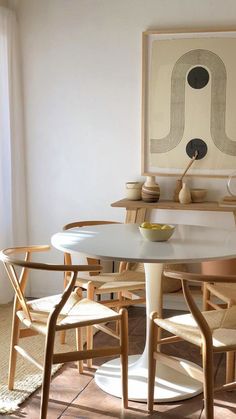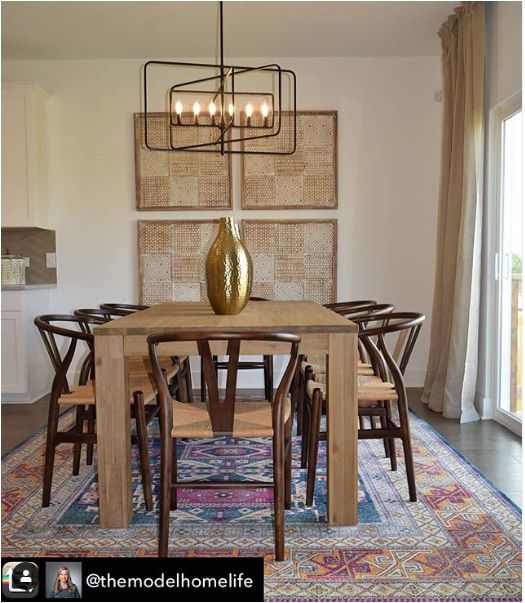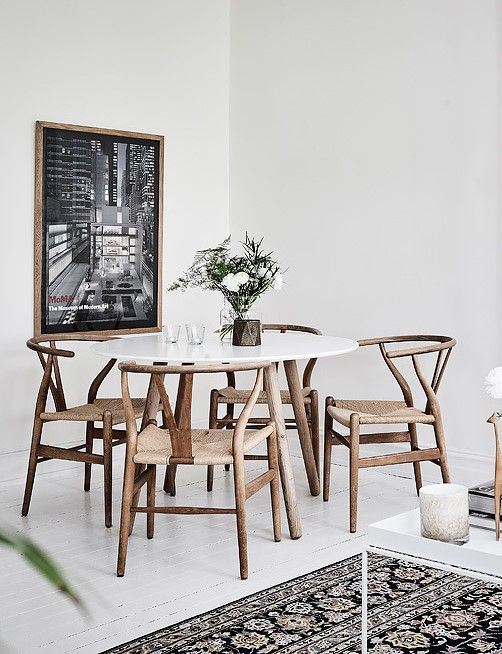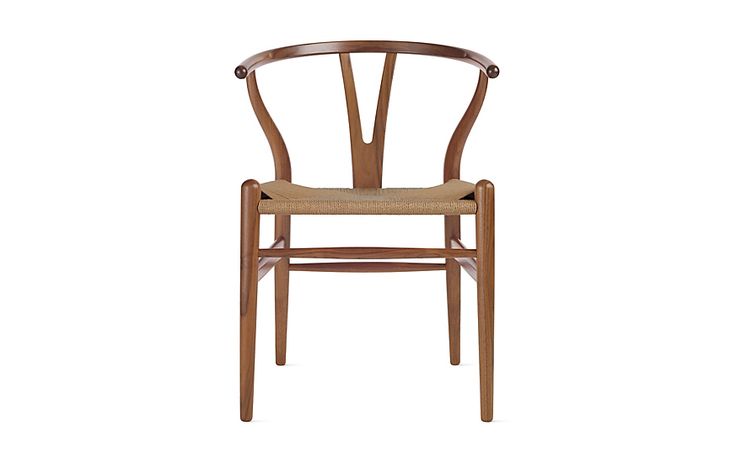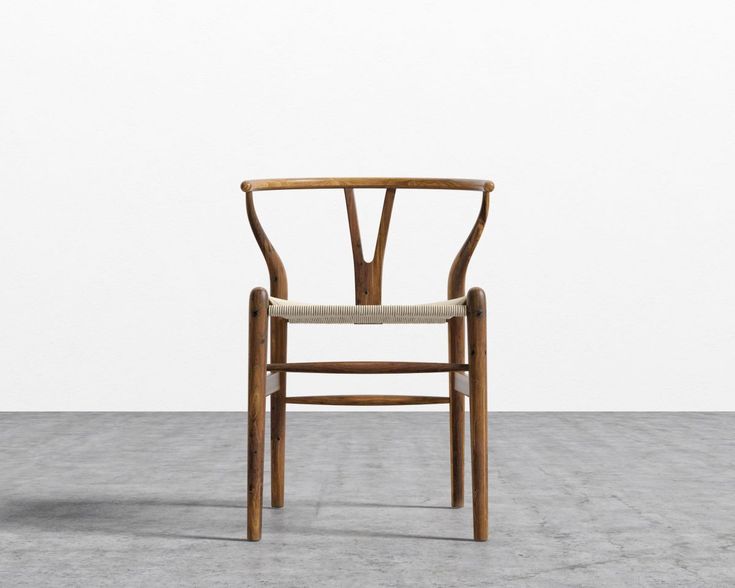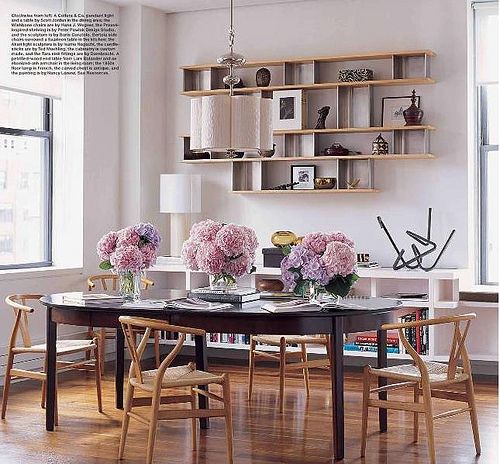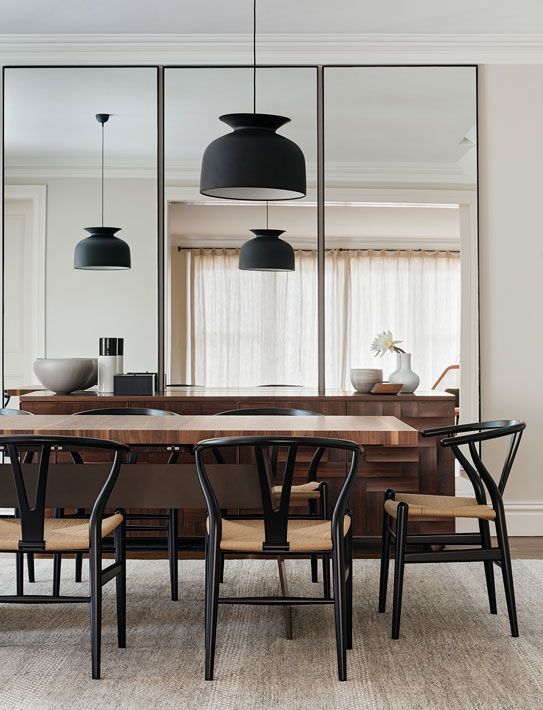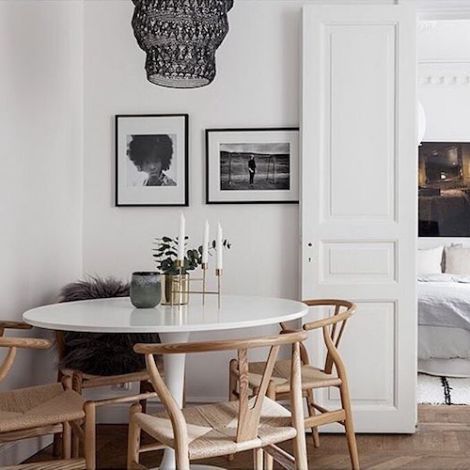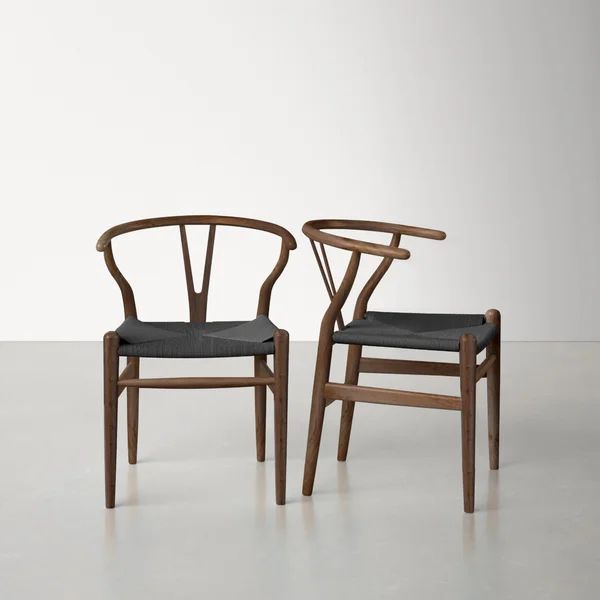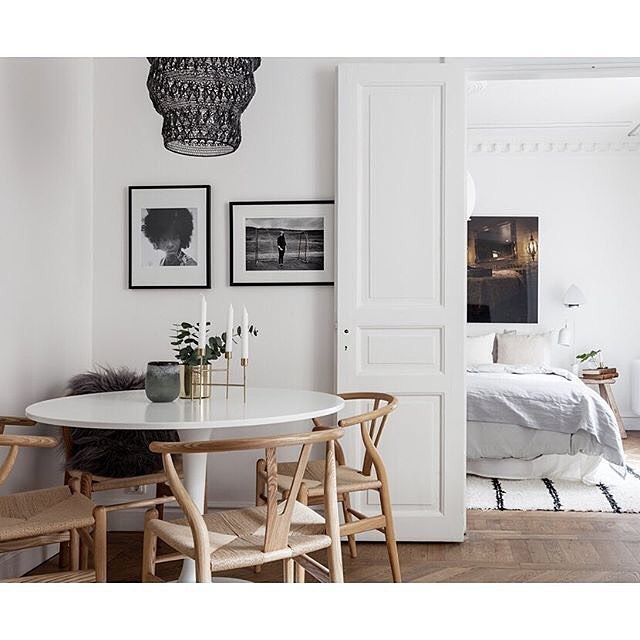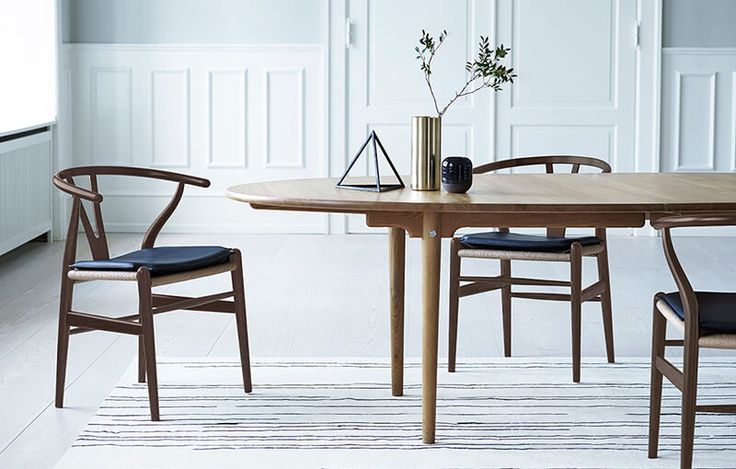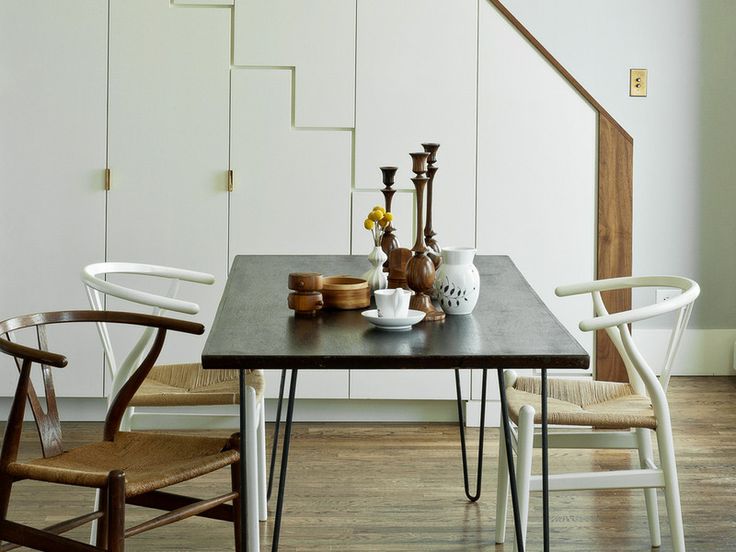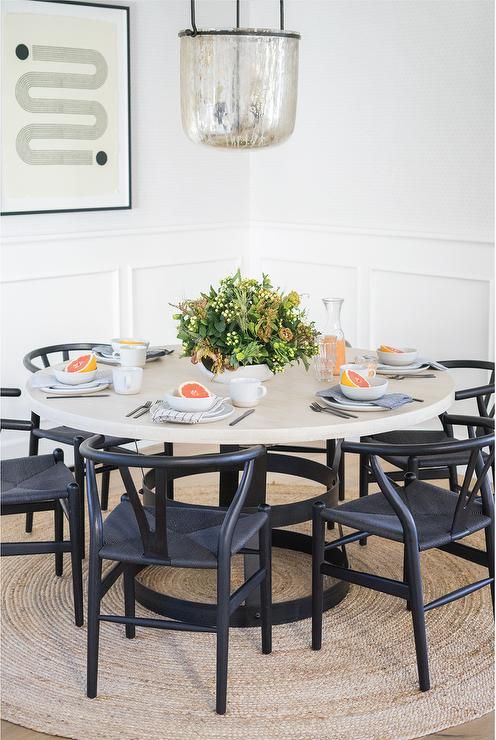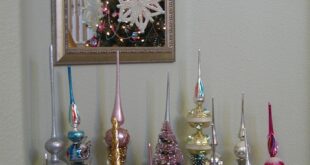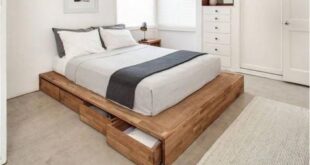The CH24 chair, commonly known as the Wishbone chair or Y chair, is one of Hans J. Wegner’s best known and most successful designs. It perfectly embodies the principles of Scandinavian design. It is simple, attractive, functional and made from sustainable resources. Therefore, the Wishbone Chair became the archetype of Nordic furniture design.
Story
Hans J. Wegner, also known as “The Master of the Chair”, designed the Wishbone chair. It was his great passion for chair design that eventually made Wegner a legendary figure in Danish modernism and a world-renowned furniture designer. He created more than 500 chairs, many of which went into mass production. His outstanding work helped establish his home country as the international leader in modern design. The Wishbone Chair dates from the period when Wegner was inspired for his designs by classic portraits of Danish merchants seated on the antique Ming chairs. The first Wishbone chair came into the limelight in 1949. It was specially designed for furniture company Carl Hansen & Son as a lightweight, sculptural replacement for the heavy, fully upholstered dining chairs that were popular at the time. The chair has been in continuous production since 1950.
design
The design of the Wishbone Chair has been reduced to the essentials, making the shape of the chair look very minimalist and puristic. Its design embodies its creator’s famous creed: “A chair should have no rear view.” It should be beautiful from all angles and angles. “In fact, the chair, with its famous organic shape, is very appealing and stylish from every angle. To this day, the design has remained true to Wegner’s original sketches and drawings. Light, attractive and comfortable dining chair that speaks for its suitability for everyday use. In his opinion, it is as modern today as it was half a century ago. A superb example of Wegner’s constant pursuit of organic simplicity to create sculptural beauty, comfort and outstanding stability. The Wishbone Chair is further proof that Hans J. Wegner was way ahead of the curve when it came to wooden furniture design. The chair’s minimalist and uncomplicated appearance suggests that it is relatively easy to manufacture, which is far from the truth. Due to the use of steam-bent solid wood components, the chair requires impeccable craftsmanship and a thorough understanding of woodworking. The manufacturing process requires hundreds of steps by skilled craftsmen to bring this classic to life. The chair was mainly designed to provide comfortable seating in the dining area.
The high seating comfort is due to the hand-woven seat shell. It is made using 120 meters of paper twine, a permanent replacement for jute developed during World War II. The seat shell is available in natural beige or can be painted black. The chair stands on four cylindrical wooden legs, which are spanned with dowels at the front and back and with rectangular slats at the sides. All four legs are slightly tapered at the bottom. The front legs are rounded at the top to avoid sharp corners. The curved, steam-bent hind legs match the upper part of the backrest. It is made from a solid piece of wood, bent by steam into its distinctive round shape and sticking out enough to support the arms. Perhaps the chair’s most distinctive feature is the Y-shaped central component of the backrest, hence the chair’s name: “The Wishbone Chair” or “The Y-Chair”. The chair is made of high-quality natural materials and is designed to last. Customers can choose between different types of wood, including beech, ash, maple, oak, cherry and walnut, as well as finishes such as soap, oil or lacquer. The latter is available in different colors.
The elegant, sublime design coupled with the impeccable quality of craftsmanship have given the chair a very special place in the history of interior design. This timeless piece of furniture still looks fresh and appealing and makes a great, tasteful addition to any contemporary interior.
